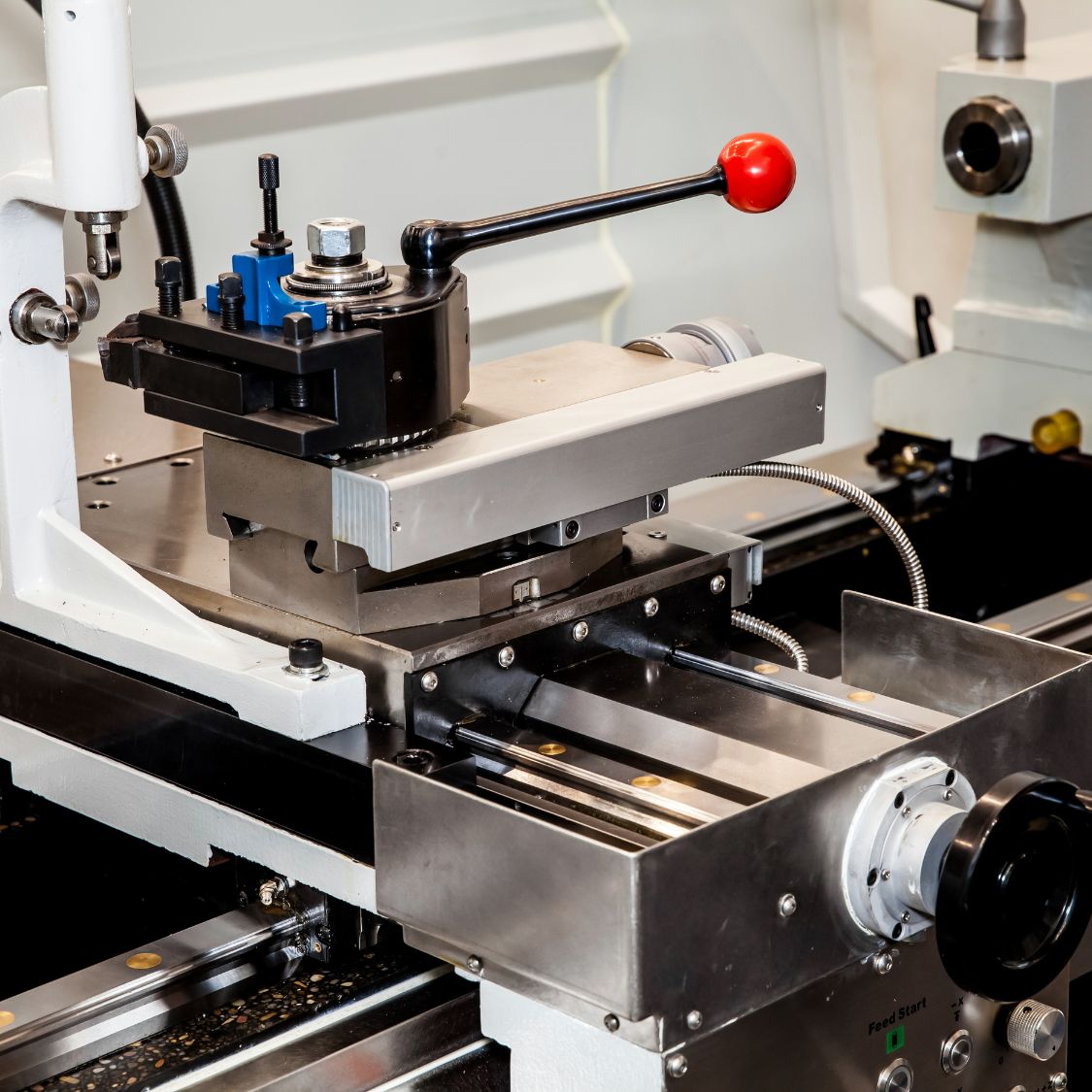
Machines with servo drives are becoming increasingly popular in various industries, as they offer many advantages over traditional mechanical systems. However, like any other machinery, servo drives can suffer performance issues.
Learning how to increase performance in a servo drive can help keep your machines running smoothly and avoid costly downtime. This article will discuss ways to improve performance and prevent common servo drive issues.
Check Power Supply
The first step in increasing servo drive performance is to ensure the power supply is adequate. The power supply's voltage and current rating must match the servo drive's requirements. If the power supply is not strong enough, the servo drive will not be able to function properly.
In addition, the power supply should be clean and free of any dirt or debris. A dirty power supply can cause several problems, including decreased performance and increased wear on the servo drive components.
Use High-Quality Cables
Another important factor in servo drive performance is the quality of the cables connected to the power supply and other components. Low-quality cables can cause several problems, including voltage drop and electrical noise.
To avoid these issues, use high-quality cables that work well with servo drives. Follow the manufacturer's recommendations for the correct cable type and size.
In addition, keep the cables as short as possible to minimize voltage drop and electrical noise.
Use Shielded Cables
In some cases, it may be necessary to use shielded cables to protect the servo drive from electromagnetic interference (EMI). EMI can cause several problems, including decreased performance and increased wear on the servo drive components.
If EMI is a problem, use shielded cables and keep them as short as possible. In addition, you may need to install filters on the power supply and other components to further reduce EMI.
Keep the Servo Drive Cool
Another factor that can affect servo drive performance is heat. Servo drives generate a lot of heat; if they are not properly cooled, they can overheat and shut down.
To keep the servo drive cool, be sure to follow the manufacturer's recommendations for cooling. In most cases, this will involve using a fan or other cooling device to circulate air around the servo drive. In addition, you may need to install a heatsink on the servo drive to help dissipate heat.
A decrease in performance is just one sign that your servo drive needs replacing, but these tips will help you increase performance on your servo drive and avoid costly downtime.
If you think your servo drive may be failing, contact a qualified technician for diagnosis and repair. Next time you're experiencing performance issues, follow these tips to get your servo drive back up and running at peak efficiency.




















